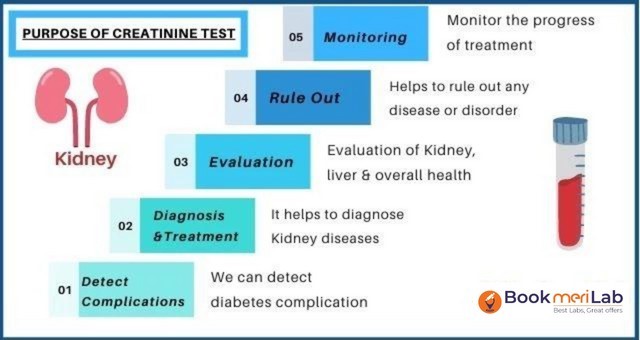The practical nurse (PN) is providing care for a client who is ordered nothing by mouth (NPO) after a small bowel resection. The client's nasogastric (NG) tube is connected to low intermitent suction. The client reports dizziness and tingling in digits.
Which assessment finding by the PN should be reported to the healthcare provider?
Hyperactive bowel sounds on assessment.
Heart rate of 90 beats per minute with premature ventricular contractions (PVCs) noted on telemetry.
Hypoactive bowel sounds on assessment
Regular heart rate of 100 beats per minute on telemetry
The Correct Answer is B
Nursing Test Bank
Naxlex Comprehensive Predictor Exams
Related Questions
Correct Answer is B
Explanation
The correct answer is choice B, Serum creatinine. Choice A rationale:
The white blood cell count (WBC) is an important parameter for assessing the body's immune response to infections. While it can provide valuable information about the presence of an infection, it is not directly related to nephrotoxicity. Therefore, it is not the most important laboratory value to review before administering an antibiotic that can cause nephrotoxicity.
Choice B rationale:

Serum creatinine is a crucial laboratory value to assess kidney function. It is a waste product that is filtered by the kidneys, and its level in the blood is a reliable indicator of kidney function. If the serum creatinine level is elevated, it suggests impaired kidney function, which can be a warning sign of nephrotoxicity. Reviewing the serum creatinine level before administering nephrotoxic antibiotics is essential to ensure that the client's kidneys are functioning adequately and to avoid potential harm.
Choice C rationale:
Hemoglobin and hematocrit are indicators of the client's red blood cell count and blood's oxygen-carrying capacity. While these values can provide information about the client's overall health status, they are not directly related to nephrotoxicity. Therefore, they are not the most important laboratory values to review in this particular scenario.
Choice D rationale:
Serum calcium levels are essential for assessing bone health, nerve function, and muscle contractions. However, they are not directly related to nephrotoxicity, and reviewing serum calcium levels alone would not provide sufficient information about kidney function. Hence, it is not the most critical value to review before administering nephrotoxic antibiotics
Correct Answer is ["B","C","D"]
Explanation
These are the information that the PN should obtain prior to administering pain medication to an adult postoperative client because they help to assess the client's current pain level, response to previous medication, and need for further intervention. The PN should also document this information in the medical record and report any changes or concerns.

A. Height and weight of client prior to admission are not relevant for administering pain medication and may not affect the dosage or route of the medication.
E. History of pain medication use during the past year is not relevant for administering pain medication and may not indicate the client's tolerance or preference for the medication.
Whether you are a student looking to ace your exams or a practicing nurse seeking to enhance your expertise , our nursing education contents will empower you with the confidence and competence to make a difference in the lives of patients and become a respected leader in the healthcare field.
Visit Naxlex, invest in your future and unlock endless possibilities with our unparalleled nursing education contents today
Report Wrong Answer on the Current Question
Do you disagree with the answer? If yes, what is your expected answer? Explain.
Kindly be descriptive with the issue you are facing.
